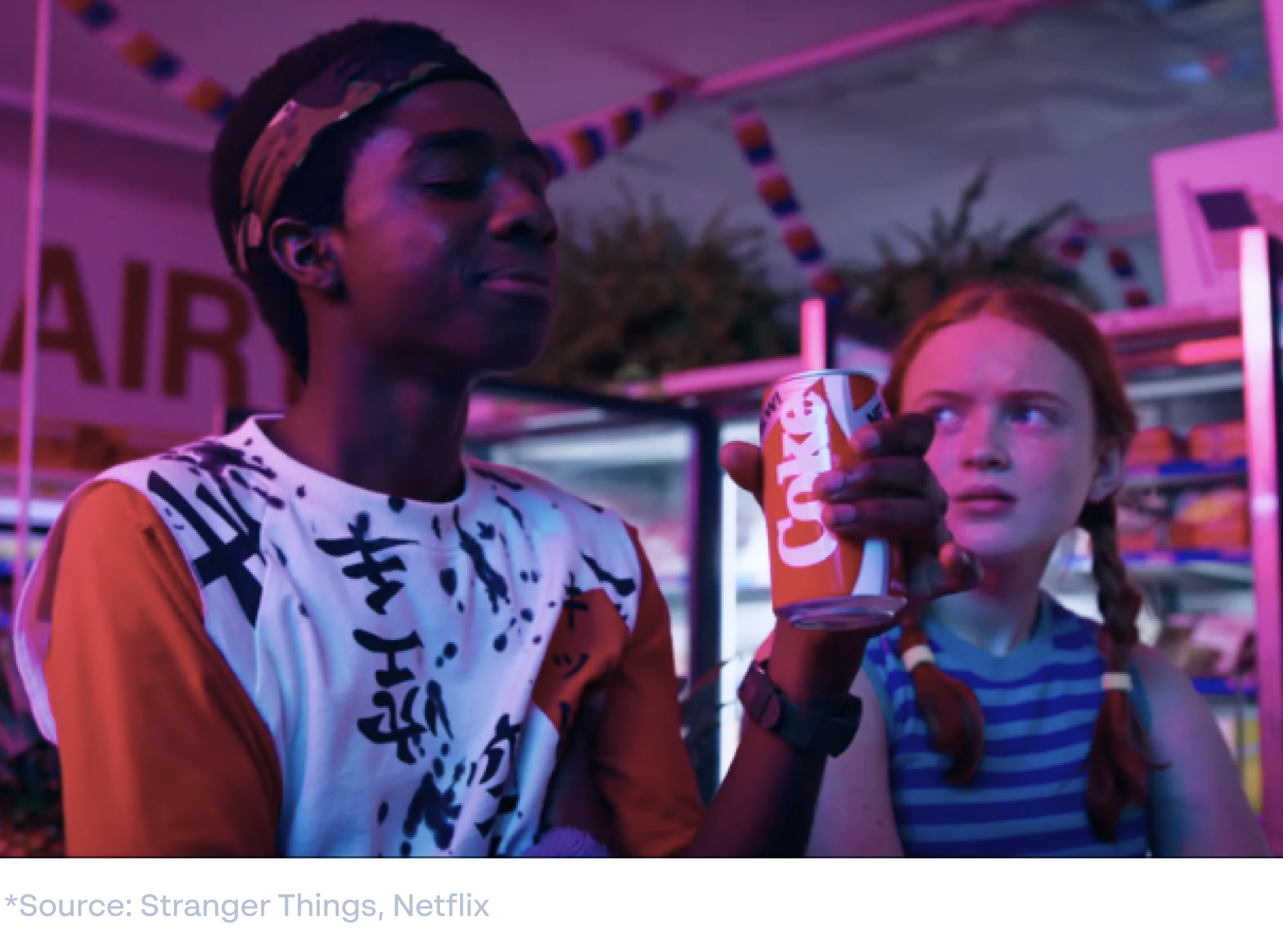In today’s highly competitive landscape, it’s never been more important to maintain brand consistency. In order to stand apart from competitors, clear, distinct and steady branding is vital in building that strong emotional connection with your target audience.
Your brand is your organisation’s identity. It’s the personality that potential customers see and identify with. This means that any semblance of brand confusion – be it an inconsistent brand presentation across your marketing channels or an ill-thought-out campaign jumping on a recent trend – can cause customers to lose trust in your company.
The consequence of poor brand messaging with your target audience has a knock-on effect on your ROI. Whether it’s loss of revenue from customers disillusioned by your unsuccessful branding, or investment wasted on campaigns that aren’t aligned with your unique brand identity, the impact of inconsistent branding can be far-reaching.
So what are the effects of inconsistent branding? What pitfalls should marketers avoid? And what action can you teams take on marketing campaigns to build trust, prevent poor branding, and create a positive customer experience and improve ROI in the long term?
Where brand consistency falls down
First, let’s explore some of the most frequent factors behind inconsistent branding, and how this manifests itself.
Poorly implemented brand guidelines
Your brand guidelines should be at the heart of all past, present and future campaigns. They should highlight to your team members the core of what makes your branding efforts unique – whether they’re established veterans or freshly recruited, and wherever they’re based across the globe.
These range from details like approved colour schemes, brand styles and brand voice, right through to overarching explanations of your company’s values and ambitions. If these are strictly followed and communicated, there should be no threat to brand consistency.
However, would it surprise you to read that Marq (formerly LucidPress) has reported that while 95% of organisations have brand guidelines set up, only a quarter of these are actually observed?

Without a clear understanding of the fundamental aspects of your brand, it’s impossible for teams to deliver brand assets consistently. There is too much room for interpretation and guesswork – both of which are big contributors to brand confusion.
This is why any brand management solution should include a dedicated portal to support educating teams on their brand. It provides a distinct area users can visit to explore their brand guidelines and everything else necessary to deliver successful branding.
You’ve lost sight of your brand vision
Times change, and brands have to adapt with these in order to survive and thrive. However, meeting new trends and keeping up-to-date doesn’t mean losing your brand identity or your brand vision.
Your brand vision is a core component in what drives your company forward and why you approach your work in the way that you do. It informs your branding strategies, making clear what your company stands for and what makes it unique.
Losing sight of this in an effort to stay on top of the latest trends might seem like a way to capture audiences with positive emotions in the short term. Without oversight and vision, however, it quickly undermines your original brand identity and any positive traction you’ve made on building brand equity.
Not keeping in touch with your target audience
Similar to the above, the impact of not having consistent branding can come as a result of not understanding the needs of your target audience, nor the activities that build trust in your brand in the first place.
The “New Coke” campaign is a clear example of this. While Coca-Cola flourishes as one of the world’s premier brands with a consistently maintained image, the company’s reaction to a decade of popularity for “The Pepsi Challenge” launched in 1975, saw the creation of New Coke – which proved to be a disastrous break away from what their audience wanted or expected.
Audiences want to know that the brands they’re loyal to understand them in a way their competitors don’t. If you don’t stay engaged with your audience’s interests, and adapt your messaging as this evolves over time, your branding efforts will eventually become inconsistent with what they associate with your organisation.
However, the best brands learn lessons and make those slip ups work in their favour. In 2019 the company signed an agreement with the Netflix show, Stranger Things, to feature the failed New Coke product in episodes. With the third season of the hit show set in 1985, Coca-Cola was able to bring a narrative of 80s nostalgia while showing its ability to make fun of itself as a brand – a charming and creative way to enhance its resonance with customers.

Miscommunication between global teams
When it comes to defining inconsistencies and where they come from, a common source is miscommunication. This is particularly a problem for businesses that have teams scattered across the globe, or those who work with external agencies to produce and distribute some of their brand assets.
While this can work in theory, it leaves a lot of room for mistakes. If parties miscommunicate, or instructions are misinterpreted by those responsible for creating the asset, then branding efforts can quickly be undermined.
This can result in poor branding, which either needs to be reviewed, briefed again, redone, reviewed again, and so forth, wasting time and resources. It could also be released to your audience, undermining efforts to build trust and damaging your brand identity.
Understanding the impact of inconsistent branding
So, now we’ve presented a few examples of the sources of brand confusion, how does this undermine your efforts to build a strong brand? You need to consider:
- The time and resources you are investing into correcting poor branding
- The time and resources it will take to gradually build the trust and loyalty of customers who have been disillusioned due to any negative branding
- The damage that is being left to your overall reputation as a result of brand confusion
How to avoid brand confusion
If your brand’s messages, visuals and campaigns across your channels are misaligned, you are sending out confusing signals to your audience. Over time this can significantly undermine your customer experience and brand reputation.
If you are concerned that your efforts are not ensuring brand consistency, consider the following steps:
Make your brand guidelines visible and accessible
Your brand guidelines are your strongest line of defence against brand inconsistency. Make sure they are stored in an accessible location for those responsible for your marketing channels worldwide, and provide prompt guidance if these are updated at any point.
Bring your team on board
As well as placing a more prominent focus on your brand guidelines, it’s important to ensure your team understands it. Ideally this should be done directly, either in the form of a branding masterclass meeting or group workshop, ensuring that everyone involved in executing brand strategies does so consistently.
Establish powerful approval workflows
To reduce any wasted resources on proofing, revising and reviewing assets, set approval workflows to lockdown on any inconsistencies immediately. These parameters keep your marketers and graphic designers in check, reducing the risk of anything being released that doesn’t accurately reflect your brand identity.
Build trust by asking customers for feedback
If you are worried that your brand message might be diverging with the interests and values of your customers, ask them for their feedback via email marketing, social media or other channels. This will help shape your understanding of what customers want from your brand and if you are delivering on these expectations.
The importance of brand consistency
Always remember that brand consistency is a mark of quality. It emphasises to your customers that you are a professional organisation that offers them stability, reliability and attention to detail.
Any deviation from this can hurt the trust you’ve spent a long time building up among your various target audiences. This will leave an unflattering mark on your budget, and the return on investment you can expect from your campaigns.
Take marketing in-house
At Papirfly, we are leading the way on brand consistency. Through our dedicated software, our clients are ensuring seamless integration across their marketing channels. This empowers their teams worldwide with the tools to develop their own brand assets – all while observing brand guidelines and being monitored by key personnel.
Our brand management platform unlocks the potential to bring your branding in-house like never before. By providing your global teams with a platform to create studio-standard brand assets for your campaigns, you can reduce your reliance on external agencies and minimise the inconsistencies this can cause for your marketing. Mastering brand consistency is possible, with the right strategy and the most innovative brand management software.
